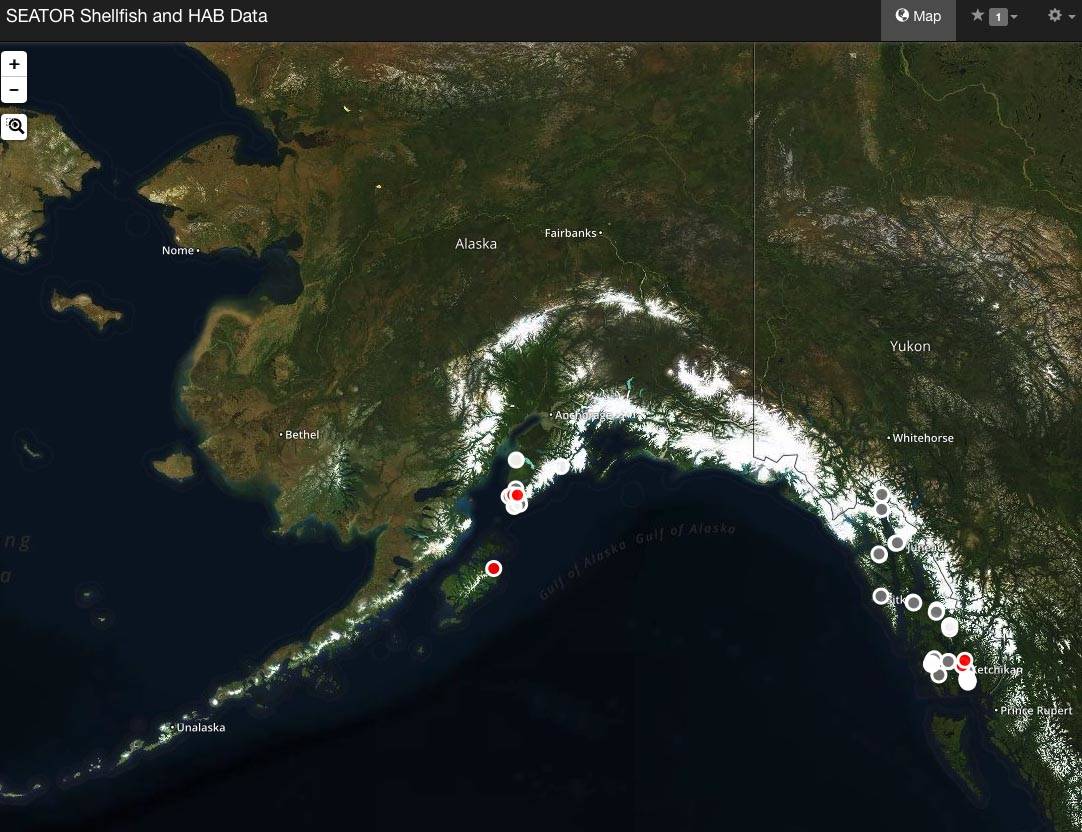A group of scientists is coming together to share information related to harmful algal blooms in Alaska.
Under the umbrella of the Alaska Ocean Observation System, part of the national ocean observation system network, a partnership of state agencies, Alaska Native organizations and the University of Alaska has launched the Alaska Harmful Algal Bloom Network. The intent is to stitch together a statewide approach to researching, monitoring, responding to and spreading information about harmful algal blooms in the state.
Algal blooms are natural processes in the ocean and occur when the population of algae in a certain area increases dramatically. However, they can turn toxic when certain types of algae proliferate and produce chemicals that can be harmful to other plants, animals and people, or consume all the oxygen in the water as they decay. The events, called harmful algal blooms, occur all over the planet, in both freshwater and the ocean, according to the National Oceanic and Atmospheric Administration.
“Over the last 10 years, we’ve been seeing more and more of these bloom events happening,” said Ginny Eckert, a professor at the University of Alaska Fairbanks in Juneau and co-chair of the Alaska Harmful Algal Bloom Network’s executive committee. “It’s always a question: Are we seeing more because we’re paying attention more? But … the more information we can get out to people, (the better).”
Harmful algal blooms can have devastating consequences. In 2014, nearly 500,000 Ohio residents had to go without clean drinking water because of harmful algal blooms near a water treatment plant in Lake Erie. A harmful algal bloom in a lake that flowed into the ocean near Monterey Bay, California in 2007 is thought to have killed 11 sea otters with infections of microcystin, according to the Centers for Disease Control and Prevention. Every year in Alaska, a number of alerts go out to shellfish gatherers to be careful because some of the clams, oysters and mussels may have high levels of a toxin that causes paralytic shellfish poisoning, a fatal condition in humans.
Read the rest of this story by the Peninsula Clarion by clicking here.



